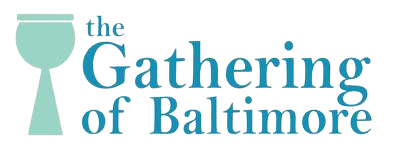What is Step No 1 of problem solving?
What is Step No 1 of problem solving?
Step One is about diagnosing the problem – the context, background and symptoms of the issue. Once the group has a clear grasp of what the problem is, they investigate the wider symptoms to discover the implications of the problem, who it affects, and how urgent/important it is to resolve the symptoms.
How can we avoid problems in life?
7 Strategies to Face Life’s Challenges
- Turn Toward Reality. So often we turn away from life rather than toward it.
- Embrace Your Life as It Is Rather Than as You Wish It to Be.
- Take Your Time.
- Practice Gratitude.
- Stay Close to Your Feelings, Even the Painful Ones.
- Accept Success and Failure as Part of Life’s Journey.
- Tend to Your Loving Relationships.
What is the initial step to exploring solutions to a problem?
The best approach is to thoroughly understand the problem before designing a solution. An effective problem statement is vital to the successful development of the solution. The use of effective strategies to explore solutions can result in a thorough understanding of the problem.
What are the top 5 problems in the world?
- Marine Conservation.
- Wildlife Conservation.
- Global Public Health.
- Environmental and Corporate Sustainability.
- Human Rights and Access to Justice.
- Social Economic Development.
- Climate Crisis and Clean Energy.
- Education for Development.
How do you develop a problem solution?
Here are seven-steps for an effective problem-solving process.
- Identify the issues.
- Understand everyone’s interests.
- List the possible solutions (options)
- Evaluate the options.
- Select an option or options.
- Document the agreement(s).
- Agree on contingencies, monitoring, and evaluation.
What are the factors affecting problem solving?
Below we have outlined the key factors affecting the problem solving process.
- Understanding the problem. The most important factor in solving a problem is to first fully understand it.
- Personality types/Temperament.
- Skills/Competencies.
- Resources available.
- External.
